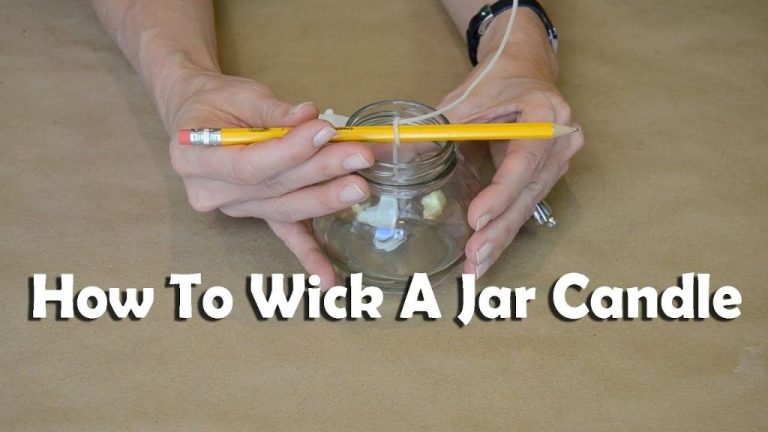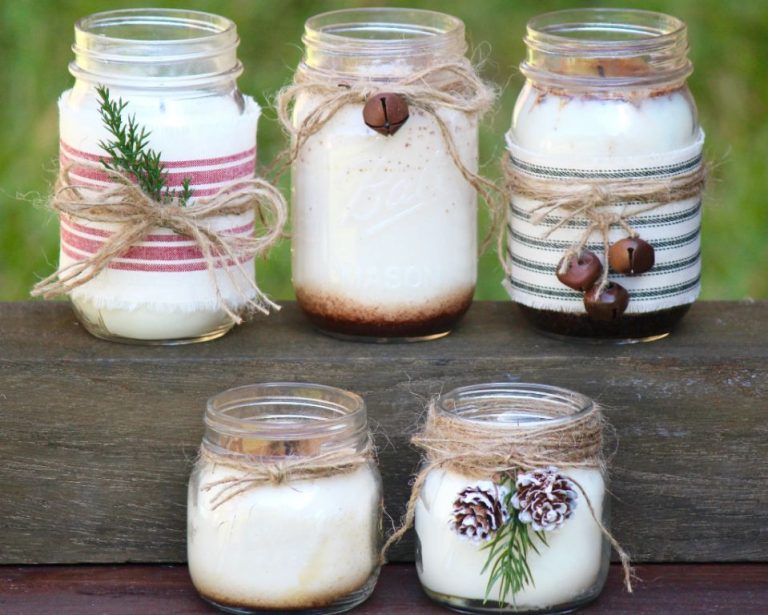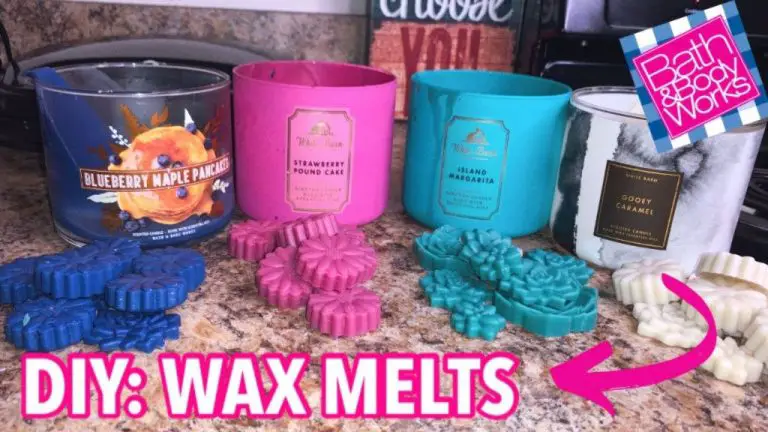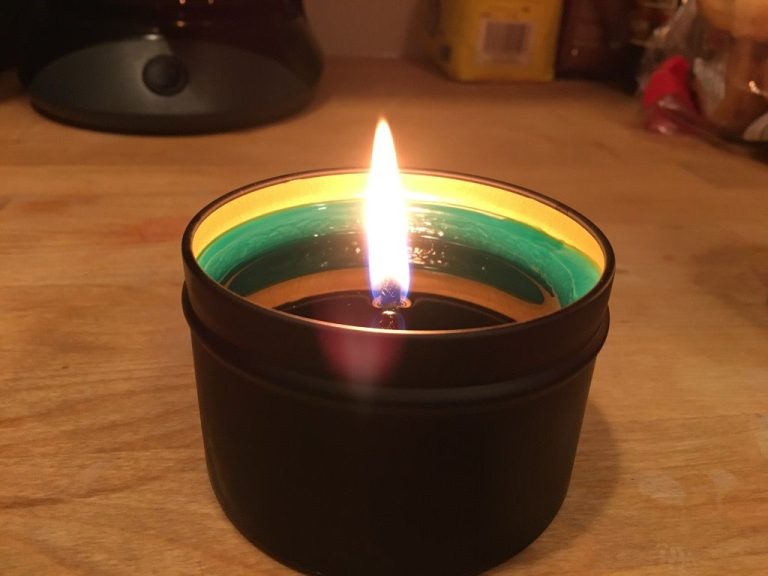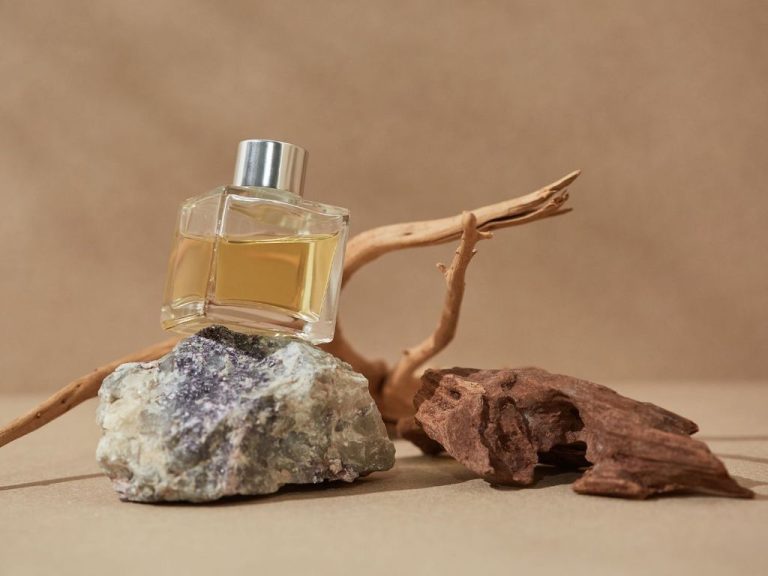What Temperature Should You Melt Wax?
Wax melting is the process of heating wax to a liquid state in order to create new products such as candles or wax melts. Knowing the ideal melting temperature for different wax types is crucial for proper melting and best results. Wax melting allows crafters to pour wax into candle vessels and create candles and wax melts in different shapes and forms. Proper melting helps ensure high quality end products that burn evenly and cleanly. This guide will explore the melting points for common waxes, tips for melting, proper storage, and uses for melted wax.
Different Types of Wax
There are several common types of wax used for candle making:
Beeswax – Made by honey bees, beeswax is a natural wax that has a sweet honey scent. Beeswax candles typically burn brighter and longer than other wax candles. Beeswax has a melting point of 144–147°F (62–64°C) (Source: https://www.marthastewart.com/8061950/candle-wax-type-guide).
Paraffin – Paraffin wax is a petroleum byproduct made from crude oil. It is inexpensive and commonly used in candle making because it holds high fragrance oil content. Paraffin wax has a melting point of 115–140°F (46–60°C) (Source: https://shoparchipelago.com/blogs/blog/types-of-candle-wax).
Soy – Soy wax is made from hydrogenated soybean oil. It is a renewable and natural wax. Soy wax blends have melting points ranging from 115–135°F (46–57°C) (Source: https://fraendi.com/blogs/blog/best-wax-for-candle-making).
Coconut – Coconut wax comes from the coconut plant. It has a high melting point of 76–86°F (24–30°C) making it a good choice for containers (Source: https://www.marthastewart.com/8061950/candle-wax-type-guide).
Melting Points by Wax Type
Different types of wax have different melting points that need to be taken into account when melting them for projects and crafts.
According to Blended Waxes, beeswax has a melting point between 144-149°F (62-65°C). The melting point can vary slightly depending on whether you are using raw beeswax or filtered beeswax.
Paraffin wax is another common candle and craft wax. According to Brookota’s Creations, paraffin wax melts between 115-142°F (46-61°C), depending on the type of paraffin used.
Soy wax is made from soybean oil and typically melts between 113-127°F (45-53°C). The melting point can vary based on the soy wax’s hardness, according to Brookota’s Creations.
Other common waxes like microcrystalline wax (88-96°C) and candelilla wax (68.5-72.5°C) also have different melting points that need to be considered when melting, according to TKb Trading.
Tips for Melting Wax
One of the best tips for properly melting wax is to use a double boiler method. This involves placing the wax in a heat-safe container and setting that container into a pot of simmering water. The indirect heat from the simmering water gently melts the wax at a precise temperature below boiling (typically between 180-200°F). According to Supplies for Candles Co UK, “The double boiler method gives you complete control over the temperature so you can avoid overheating the wax.”
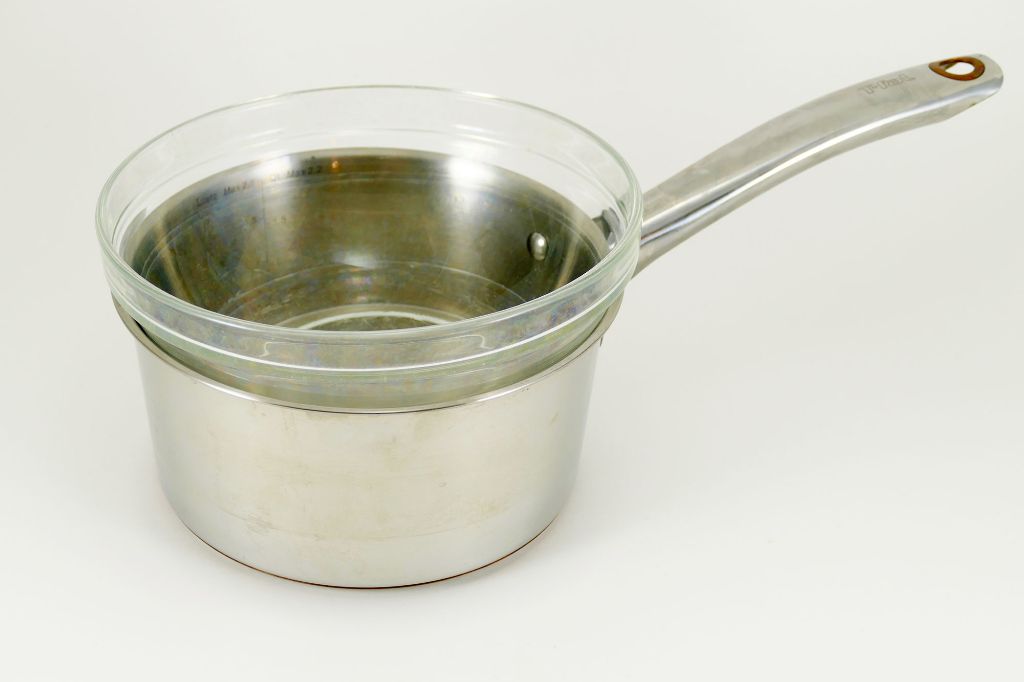
It’s also important to use a thermometer to monitor the temperature and keep it in the proper melting range for the type of wax you are using. The Harlem Candle Company recommends, “Using a thermometer takes the guesswork out of candle making and prevents you from overheating the wax.” They suggest digital thermometers as the easiest and most reliable option. Shoot for around 185°F when melting paraffin or soy wax.
By using a double boiler method and precise thermometer, you can melt wax evenly and avoid common mistakes like burning or scorching the wax. This helps maintain the quality and performance of the wax.
Avoiding Common Melting Mistakes
When melting wax, it’s important to avoid some common mistakes that can impact the quality of the melted wax or even pose safety risks. Two key mistakes to avoid are overheating and failing to stir the wax.
It’s easy to overheat wax if you aren’t paying close attention. As noted by Unolusso, overheating wax to the point that it’s too hot can cause it to spill over the melting vessel, creating a fire hazard. It can also cause the wax to burn off fragrances faster. https://unolusso.com/blogs/news/5-common-mistakes-when-using-wax-melts-wax-burners
Stirring the wax regularly is also crucial. If wax is heated unevenly, the temperature can climb too high in hot spots. Soapfullness advises stirring frequently to prevent the wax from overheating in certain areas. Stirring also ensures all the wax melts evenly. https://soapfullness.co.uk/how-not-to-use-wax-melts/
Storing Melted Wax
Properly storing melted wax is crucial for maintaining its quality and extending its shelf life. The main factors to consider are using the right storage containers and storing at the proper temperature.
For storing melted wax, opt for an airtight, nonreactive metal container like stainless steel or tin [1]. Glass jars also work well. Avoid plastic containers, as the wax can react with the plastic and become contaminated. Make sure the container has a tight fitting lid to prevent the wax absorbing other scents and odors.
In terms of temperature, melted wax should be stored at room temperature or slightly cooler [2]. Aim for around 18-21°C/65-70°F. Storing wax at too high of a temperature can cause it to sweat and lose its scent. Refrigerator temperatures are too cold and may cause frosting or sweating. Store wax away from direct sunlight and heat sources like stoves or heaters which can cause melting and structural issues.
With proper storage containers and temperatures, melted wax can last 6 months to a year before losing its scent and performance. Be sure to label your storage containers with the type of wax and date to keep track.
Uses for Melted Wax
Melted wax has a variety of crafty and practical uses. Two of the most common uses are making new candles and wax melts.
To make a new candle with leftover wax, you can reuse old candle jars or find a new container. Add a wick by sticking it to the bottom with a bit of melted wax. Then simply pour your melted leftover wax into the jar, let it fully harden, and trim the wick. You can reuse small amounts of wax from multiple candles to create a new one (source: https://www.harlemcandlecompany.com/blogs/journal/what-to-do-with-leftover-candle-wax).
Wax melts are another easy DIY project for leftover wax. Pour the melted wax into silicone molds to create wax melt cubes or bars. Add fragrance if desired. Once hardened, the wax melts can be used in a wax warmer to fill the home with scented fragrance (source: https://www.realhomes.com/advice/what-to-do-with-leftover-candle-wax)
Other potential uses for melted wax include making wax fire starters, polishing and sealing surfaces, and even using it to lubricate stuck zippers or squeaky hinges.
Safety Tips
When melting wax, it’s important to take proper safety precautions. Here are some tips to melt wax safely:
Use the proper equipment. Opt for an electric wax warmer or melter specifically designed for melting wax. Avoid improvising with crockpots, pans on the stove, or open flames which can pose serious risks (https://www.felinfach.com/pages/wax-melts-safety-everything-you-need-to-know). Follow all manufacturer instructions.
Ensure adequate ventilation. Melted wax can produce fumes, so melt wax in a well-ventilated area. Open windows, use fans, or consider melting wax outdoors if possible. Never melt wax in an enclosed space.
Allow wax to cool fully before handling. Molten wax can cause serious burns. Let wax fully solidify before touching it.
Store wax melts up and away. Keep all wax melts safely out of reach of children and pets when not in use to avoid accidental ingestion or burns (https://villagewaxmelts.com/blogs/news/safety-tips-when-using-waxmelts).
Pay attention when melting. Never leave melting wax unattended. Turn off and unplug wax warmers when not in use.
Have a fire extinguisher on hand. Keep an appropriate fire extinguisher nearby when melting wax as a safety precaution.
FAQs
Many people new to melting wax have common questions. Here are answers to some of the most frequently asked questions about melting wax:
What temperature should I melt wax at?
Most waxes melt between 120-170 degrees Fahrenheit. Refer to the manufacturer’s instructions for the proper melting point. In general, soy wax and beeswax melt around 130-140 degrees F, paraffin wax melts at 130-150 degrees F, and palm wax melts at 120-130 degrees F. Use a thermometer to monitor the temperature when melting wax.
Can I reuse leftover melted wax?
Absolutely! As long as you store the melted wax properly in an airtight container, you can remelt and reuse it. Properly stored melted wax can last for many months. Just remelt the wax using a double boiler when ready to use again (Source).
How long do wax melts last when melted?
Melted wax can last up to 2 weeks if stored properly in an airtight container. Be sure to pour off any excess oil that accumulates on the top before remelting. The scent may fade over time but you can refresh it by adding more fragrance oil (Source).
Can I use wax melts more than once?
Yes, you can reuse wax melts multiple times. Simply remelt the wax melts using a double boiler when ready to use again. The scent may fade after a few uses, so consider adding a few drops of fragrance oil to refresh it (Source).
Conclusion
The best melting temperature for wax depends on the type of wax being used. Beeswax, soy wax, paraffin wax, and other types of waxes have different melting points ranging from as low as 115°F to as high as 170°F. When melting wax, go slowly and use a thermometer if possible to avoid overheating. Double boiling is a safe melting method to prevent burning or scorching. Always store melted wax safely in heatproof containers and allow it to fully harden again before reusing. With proper precautions, melted wax can be used for candle making, sealing, craft projects, and more. The key points are knowing your wax type, melting slowly at the right temperature, and handling melted wax carefully. Following these tips will lead to success when you need to melt wax for your projects.

